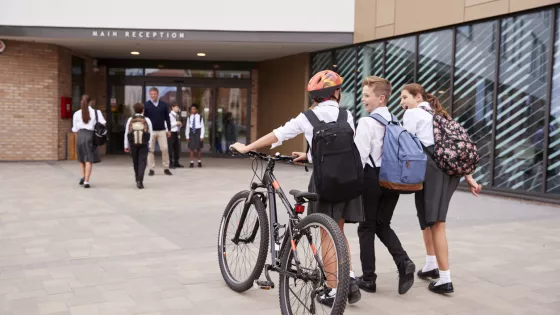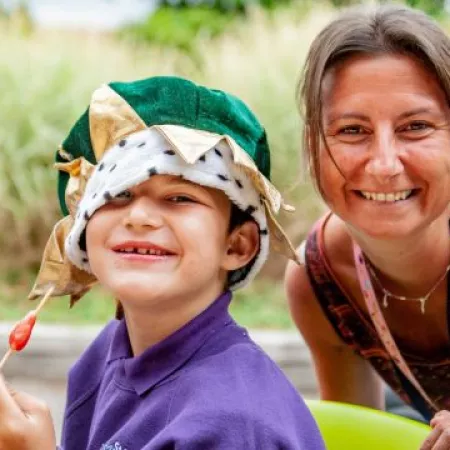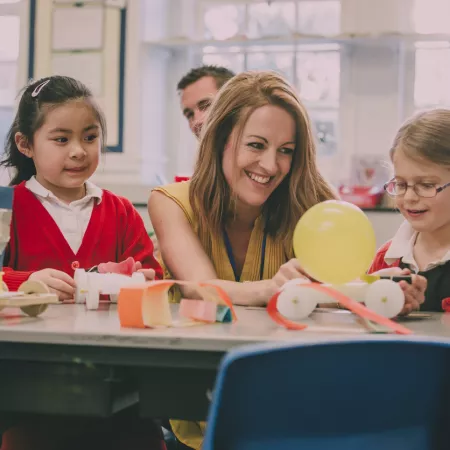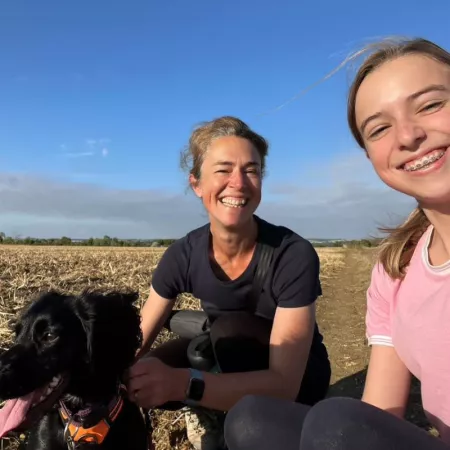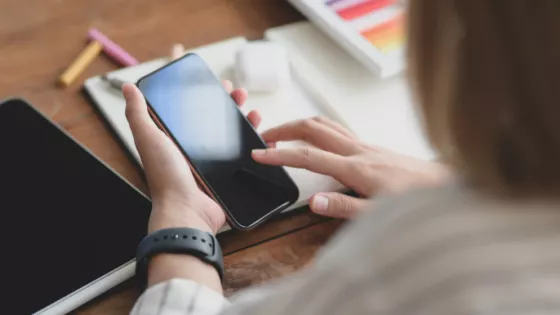Starting secondary school is a big step for any child, but when epilepsy is part of the picture, it brings extra questions and preparation. For a child, this transition brings new opportunities, challenges, and responsibilities. For families, this is a chance to prepare for a bigger environment, more independence, and evolving support needs.
As a parent, you may be wondering:
- How will the new school understand and respond to my child’s seizures?
- What practical adjustments can help them stay safe and included?
- How can I prepare my child to take on more independence?
And for teachers:
- What do I need to know about epilepsy in a classroom setting?
- How can I support learning without drawing unwanted attention?
With the right preparation, clear communication, and a joined-up approach between home and school, students with epilepsy can make the transition with confidence. Aimed mainly at parents and carers, but with advice for teachers included along the way, this guide looks at what changes to expect, how to prepare, and the steps that can help make those first months smoother.
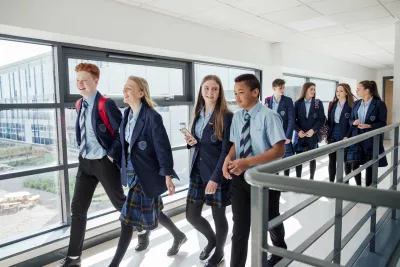
Understanding the Changes Ahead
The shift from primary to secondary school means more than just a new uniform, it’s a completely different learning environment. Instead of staying mainly in one classroom with one teacher, students will move between different subject rooms and have a variety of teachers each day. The school itself is often much larger, with more pupils, longer corridors, and more complex timetables.
For a young person with epilepsy, these changes can have a real impact. New routines and environments may introduce potential seizure triggers, such as noise, bright lighting, or increased stress, and as a result, different staff will need to understand the student’s condition and how to respond if a seizure happens. There’s also a shift in responsibility, as secondary schools expect pupils to manage more of their own schedule, equipment, and, in some cases, medication.
Knowing these differences in advance allows families to plan and practise strategies to help their child adjust.
In order for teachers to feel prepared in this new environment, some key points include:
- Learning the student’s Individual Healthcare Plan (IHP) before term begins
- Recognising that absence or focal seizures may look like inattention
- Encouraging peers to be supportive without singling out the student
Preparing the School for the Transition
Ideally, conversations about the move should start in Year 6. This gives time to involve the right people, set up support plans, and make sure the student’s needs are understood before term begins. Arranging a meeting with the secondary school’s SENCO, pastoral lead, and school nurse can be a good first step.
During this meeting, parents can share key information about the young person’s epilepsy, including:
- Types of seizures and how they present
- Common triggers to look out for
- How staff should respond during and after a seizure
- What support may be needed for recovery or catch-up work
An Individual Healthcare Plan (IHP) should be agreed and shared with all relevant staff, as it helps ensure that everyone from classroom teachers to lunchtime supervisors knows what to do.
Under the Equality Act, schools have a legal duty to make reasonable adjustments so that students with epilepsy are not at a disadvantage. These adjustments could include access to visual aids, rest areas, or modified physical environments.
Parents may also want to ask about:
- A reduced timetable at first, focusing on key subjects like English and Maths
- Exam support, specifically how and when the school begins this process
- Catch-up work, ensuring teachers provide missed lesson notes, recaps, or short time after class so the student doesn’t fall behind
It’s also important to discuss how any seizure incidents will be recorded and communicated home, as this keeps parents informed while helping the school monitor patterns that might need medical review. At Young Epilepsy, we provide a seizure record sheet that families and schools can use to track patterns, which has proven to be useful for both medical reviews and school planning.
Having these systems in place before September can make a huge difference to the young person’s safety and confidence.
For teachers, consistency is key, so it can help to:
- Keep records consistent and factual. Note duration, triggers, and recovery time
- Use the IHP as a reference for what action to take during a seizure
- Share key information with supply or temporary staff

Building Independence and Self-Advocacy Skills
One of the biggest changes in secondary school is the expectation that students take more responsibility for themselves. For a young person with epilepsy, this can mean:
- Learning to carry and take medication at the right times
- Speaking up if they feel unwell
- Asking for help if they think they may have missed information during a seizure
Parents can support this by gradually introducing more independence while still at primary school, such as:
- Practising remembering to take their medication on time
- Keeping track of a timetable
- Explaining their condition to a trusted adult
It’s also useful for them to know the basics of seizure first aid, as this can help young people feel more confident if they choose to explain it to friends. While it’s not their job to educate everyone, being able to talk about epilepsy openly can reduce anxiety and help peers understand how to support them.
This was the case for Zaid, who was diagnosed with epilepsy at the end of Year 6. He found the transition to secondary school tough, but opening up to his friends made a big difference.
They went from not knowing anything about epilepsy to learning seizure first aid. Having their support helped me to feel less anxious, and now I feel more able to take on challenges.Zaid
With the help of his friends and a youth support worker from Young Epilepsy, Zaid's story shows how he was able to find his voice, which helped him turn a difficult experience into a positive one.
For teachers, fostering independence means:
- Encouraging the student to communicate when they need a break or support
- Offering structured opportunities for independence, like managing their timetable or resources
- Celebrating small milestones that build confidence
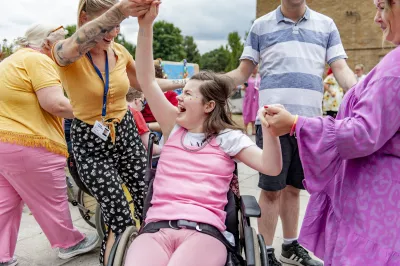
Managing Health and Safety in a Bigger Environment
Secondary schools are busy places. Crowded corridors, noisy lunch areas, and practical lessons like science and PE all bring their own challenges. For a young person with epilepsy, these situations may need some extra planning.
Safe movement between lessons can be arranged by allowing a student to leave class slightly earlier to avoid crowded hallways. In PE, staff can adapt activities or put safety measures in place to make sure the student can participate as much as possible without unnecessary risk. Science labs and technology rooms should have a clear safety plan, especially if a seizure could happen mid-task.
It’s also important that all school staff know what to do if a seizure occurs. This includes reception staff, lunchtime supervisors, and any support workers. Having a clear emergency protocol, particularly for prolonged or unusual seizures, ensures that help is given quickly and calmly.
To help students feel safe and supported, teachers can:
- Ensure the student knows safe spaces they can go to if they feel unwell
- Build awareness among staff without creating stigma
- Balance safety planning with promoting normal school experiences
Supporting Learning and Wellbeing
Epilepsy can affect learning in subtle ways. Absence seizures, for example, can cause a young person to miss key points in a lesson without realising it. Fatigue after a seizure can make concentration harder, especially later in the day. Teachers can support by:
- Providing written instructions alongside verbal ones
- Offering short recaps of lesson points
- Pairing the student with a peer to share notes
- Allowing flexibility with deadlines if seizures disrupt study time
It’s also worth remembering that epilepsy can affect behaviour and learning in ways that go beyond seizures. Our ABLE Tool (Assessment of Behaviour and Learning in Epilepsy) can help open conversations between home, school, and healthcare professionals. The tool highlights subtle learning difficulties or behavioural changes, making it easier for teachers to understand and adapt support.
Wellbeing matters just as much as academics, as feeling included, understood, and supported helps young people settle in and focus on learning. Schools can promote inclusion by addressing epilepsy awareness in a way that is sensitive and led by the student’s comfort level. Friendships can also be a strong source of support, and encouraging group work and shared activities can help students feel part of the school community.
When it comes to learning and wellbeing, teachers can support best by:
- Using the ABLE Tool to identify learning and behaviour impacts early
- Providing extra time or differentiated resources when needed
- Balancing inclusion with sensitivity and following the student’s lead on disclosure
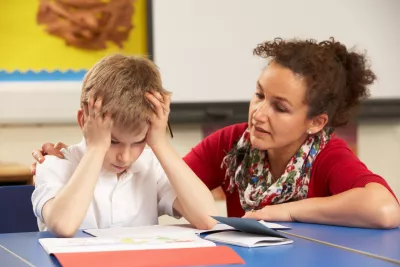
Working as a Team
The most effective support for a young person with epilepsy comes when families, schools, and healthcare teams work together. Regular review meetings in the first year can help identify what’s working and where adjustments are needed. These meetings are a chance to discuss academic progress, emotional wellbeing, and any changes in seizure patterns or medical advice.
Families should feel able to raise concerns openly, and schools should share updates in a timely way. This shared approach means the young person is supported consistently, both in and out of the classroom.
For teachers and school staff who would like to build their confidence in supporting students with epilepsy, we offer specialised training, guides, and tailored advice to help educators, and our Inclusion Team is available to provide direct guidance for any specific queries about helping a student.
Confidence in the New Chapter
The shift from primary to secondary school can spark growth, confidence, and new experiences, especially when epilepsy is met with understanding, planning, and partnership.
With the right strategies in place, epilepsy does not have to stand in the way of a student’s achievements. Secondary school can be a place where they learn, grow, and discover new passions, with the confidence of knowing they are understood and supported every step of the way.

